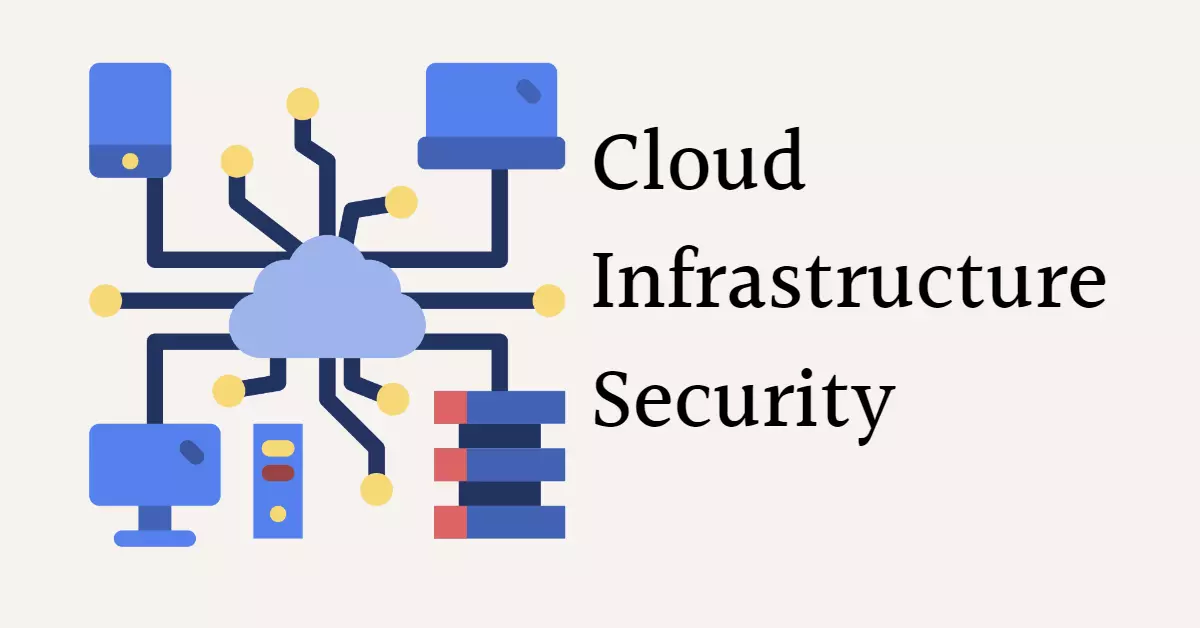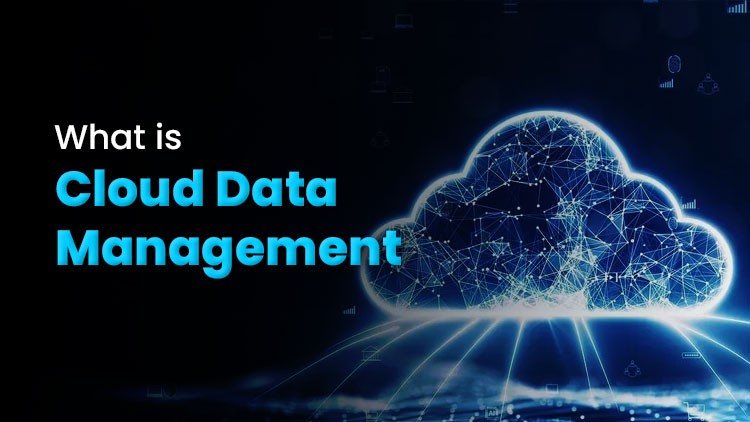1. Essentials of Cloud Infrastructure Security
a. Identity and Access Management (IAM)
Goal: Manage access to cloud resources.
Best Practices
Apply role-based access control (RBAC).
Apply multi-factor authentication (MFA).
Access permissions should be regularly reviewed and audited.
b. Data Protection
Goal: Protect data at rest, in transit, and in processing.
Best Practices
Encrypt data using strong algorithms (e.g., AES-256).
Use Transport Layer Security (TLS) for safe communication.
Implement data masking and tokenization.
c. Network Security
Objective: To protect the cloud network from unauthorized access and threats.
Key Practices:
Use firewalls and intrusion detection/prevention systems (IDS/IPS).
Implement Virtual Private Clouds (VPCs) and subnets.
Periodically update and patch network devices.
d. Application Security
Objective: Protect applications deployed in the cloud.
Key Practices:
Regularly carry out vulnerability assessments and penetration tests.
Use Web Application Firewalls (WAFs).
Follow secure coding practices.
e. Endpoint Security
Objective: Protect devices accessing the cloud.
Key Practices:
Use endpoint detection and response (EDR) solutions.
Ensure that all devices have the latest antivirus software.
Implement device authentication mechanisms.
2. Types of Cloud Security Threats
a. Data Breaches
Unauthorized access to sensitive data stored in the cloud.
Prevention: Strong encryption, access controls, regular monitoring.
b. Misconfigured Cloud Services
Common cause of breaches due to human error.
Prevention: Regular configuration audits, automated tools like AWS Config.
c. Insider Threats
Employees or contractors with malicious intent or negligence.
Prevention: Implement least privilege policies, monitor user activities.
d. Denial of Service (DoS) Attacks
Flooding cloud services with traffic to disrupt availability.
Prevention: Use of Content Delivery Networks (CDNs) and throttling of traffic.
e. Malware and Ransomware
Malicious software that has been designed to compromise systems or data.
Prevention: Endpoint protection, email filtering, and user education.
f. API Vulnerabilities
Exploitation of insecure APIs used to interact with cloud services.
Prevention: Secure API gateways, input validation, and OAuth.
3. Shared Responsibility Model
In cloud security, responsibilities are shared between the cloud provider and the customer:
Cloud Provider: Security of the cloud (physical infrastructure, data centers, and core services).
Customer: Security in the cloud (data, applications, user access, and configurations).
Example (AWS, Azure, Google Cloud):
Provider secures servers and storage.
Customer secures data encryption, IAM, and application-level controls.
4. Best Practices for Cloud Infrastructure Security
Understand the Cloud Model:
Security requirements differ for IaaS, PaaS, and SaaS.
IaaS: Greater customer responsibility (e.g., AWS EC2).
SaaS: Provider takes more responsibility (e.g., Salesforce).
Adopt Zero Trust Architecture:
No one or anything should be trusted as default.
Continuous authentication and access control.
Continuous Monitoring and Logging:
CloudTrail in AWS, Azure Monitor, or Google Cloud Operations Suite.
Monitor the logs for activities.
Regular Audits and Compliance:
Always meet the ISO 27001, SOC 2, and GDPR standards.
Always perform regular penetration tests.
Disaster Recovery and Business Continuity:
Backup and encryption
Testing disaster recovery plans.
Automated Security Tools
Use CI/CD pipelines integrated with security scanning.
Implement automated configuration management tools such as Terraform or Ansible.
5. Cloud Security Tools and Solutions
a. Cloud-native Tools
AWS Security Hub, GuardDuty.
Azure Security Center, Sentinel.
Google Cloud Security Command Center.
b. Third-party Tools
For IAM: Okta, Auth0.
For SIEM: Splunk, Datadog.
For Monitoring: New Relic, Prometheus.
For Threat Detection: Palo Alto Prisma Cloud, Check Point CloudGuard.
6. Emerging Trends in Cloud Security
AI and Machine Learning: Anomaly detection and automation of threat responses.
Cloud Security Posture Management (CSPM): Automates the detection and remediation of risks within cloud configurations.
DevSecOps: The process of integrating security into DevOps pipelines.
Confidential Computing: Protects data during computation by isolating it in secure environments.



No comments:
Post a Comment